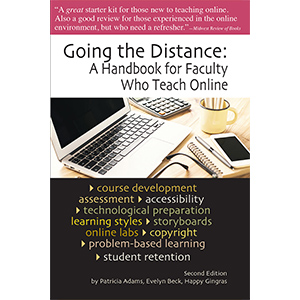How Students React to Violence
by Kelly O’Connor-Salomon
One of the books in a Popular Fiction class I am teaching is The Girl with the Dragon Tattoo. It is read after A Thousand Splendid Suns. This class, more than in the past, students have responded negatively toward Tattoo, complaining that the violence is over the top and gratuitous. At least one student dropped the class because she considered the reading list “unclean.” The other books are No Country for Old Men and The Hunger Games.
Tattoo is violent–there is little doubt about it. I actually hesitated about reading the book for a long time–it’s popularity was what convinced me, and the violence didn’t really seem that much worse than other things I had read. What I find interesting is that students did not seem equally upset by the violence in Suns. There, also, women are raped and are abused by men in horrible ways. But it is also non-Western violence, for lack of better way to describe it, and I wonder if that is the difference. Students are sympathetic to the plight of Mariam and Laila, but that is happening “over there.” Those kinds of things don’t happen here, they may tell themselves. These women need to be fought for, but there is a remove–they are not us.
However, Lisbeth and Harriet are Western women living in a country where women are supposed to be empowered and free. While the book is set in Sweden, it could be here in the United States. Maybe that is what gets to them. That there really isn’t a remove–violence can happen anywhere and to anyone. But they don’t make that connection. They simply leap to the idea that instead of raising a true issue that concerns all women, Tattoo is too violent. It becomes a reason to dislike the text.
Students not liking books is not new. Anyone who has taught literature has tried to teach the importance of going beyond likes and dislikes–that one can respect the literary merits of something even if it isn’t popular. That there is a reason it is on the syllabus. But that seems to be a more difficult bridge to build these days. And when a text is a challenge, that gets even harder. Is there too much violence in popular culture today? Yes. Does that mean all of it is bad? No. I have to wonder if the students bothered by Tattoo are also bothered by the Saw films.
It will be interesting to see if they are equally bothered by the remaining books, which also have their share of violence.








